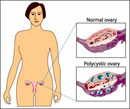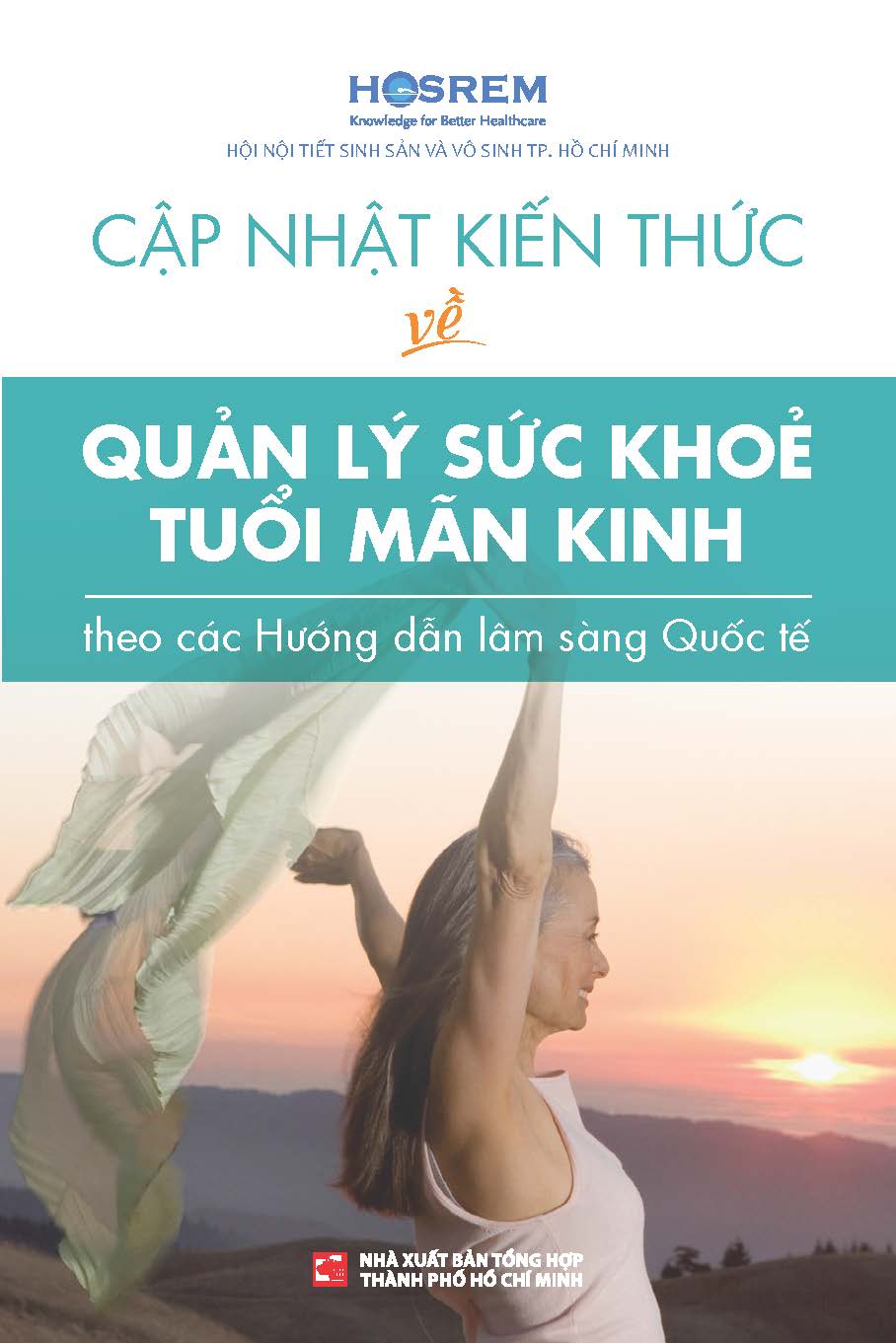
D Blake, M Proctor, N Johnson, D Olive
Cochrane Database of Systematic Reviews 2006 Issue 3
Copyright © 2006 The Cochrane Collaboration. Published by John Wiley & Sons, Ltd.
DOI: 10.1002/14651858.CD002118.pub2 This version first published online: 19 October 2005 in Issue 4, 2005
Date of Most Recent Substantive Amendment: 23 August 2005
This record should be cited as: Blake D, Proctor M, Johnson N, Olive D. Cleavage stage versus blastocyst stage embryo transfer in assisted conception. Cochrane Database of Systematic Reviews 2005, Issue 4. Art. No.: CD002118. DOI: 10.1002/14651858.CD002118.pub2.
________________________________________
TÓM TẮT
Cơ sở
Trong thập niên qua, với các tiến bộ trong hiểu biết về các chất dinh dưỡng cần thiết cho phôi, người ta đã phát triển các loại môi trường để hỗ trợ cho nuôi cấy phôi dài ngày bên ngoài cơ thể, từ phác đồ tiêu chuẩn là ngày 2, ngày 3 (giai đoạn phân chia sớm) sang ngày 5, ngày 6 (giai đoạn blastocyst). Cơ sở lý luận của nuôi cấy phôi nang là để cải thiện sự tương đồng trong sự phát của nội mạc tử cung và phôi; ngoài ra đây cũng là một phương pháp chọn lọc phôi. Từ lúc phong trào nuôi cấy phôi nang bắt đầu phát triển, năm 1998, có nhiều báo cáo kết quả đối nghịch nhau về hiệu quả lâm sàng của kỹ thuật này.
Mục tiêu
Xác định xem chuyển phôi giai đoạn phôi nang có ảnh hưởng lên tỉ lệ thành công so với chuyển phôi giai đoạn phân chia và nghiên cứu các yếu tố có thể ảnh hưởng.
Phương pháp tìm kiếm dữ liệu
Chúng tôi tìm dữ liệu trong thư viện Cochrane về các thử nghiệm có đối chứng của phần “Rối loạn kinh nguyệt và hiếm muộn”. Chúng tôi cũng tìm trong cơ sở dữ liệu về tòan bộ các thử nghiệm có đối chứng của Cochrane, trong MEDLINE, EMBASE và Bio extracts. Chúng tôi đã cố gắng phân biệt các dữ liệu của các quốc gia và các nghiên cứu thử nghiệm và phân biệt các báo cáo tổng hợp và các báo cáo thực nghiệm. Thời điểm chấm dứt thu thập dữ liệu là vào tháng 5 năm 2005. Chúng tôi cũng liên hệ tất cả các tác giả của các nghiên cứu hoặc dữ liệu để tìm hiểu thêm các thông tin liên quan.
Tiêu chuẩn chọn dữ liệu
Chúng tôi chỉ chọn những nghiên cứu thực hiện theo phương pháp ngẫu nhiên và có so sánh kiểm chứng so sánh hiệu quả giữa chuyển phôi giai đoạn sớm và chuyển phôpi giai đoạn phôi nang.
Thu thập dữ liệu và phân tích
Trong tổng cộng 45 nghiên cứu được ghi nhận, có 16 nghiên cứu đủ tiệu chuẩn nhận. Các yếu tố đánh giá kết quả chủ yếu bao gồm tỉ lệ sinh sống, tỉ lệ thai lâm sàng và tỉ lệ đa thai trên từng bệnh nhân. Các yếu tố phụ bao gồm tỉ lệ sẩy thai, tỉ lệ không có phôi chuyển, tỉ lệ trữ phôi, tỉ lệ làm tổ tỉ lệ đa thai nhiều (> 2 thai)trên từng chu kỳ điều trị. Đánh giá chất lượng dữ liệu và thu thập dữ liệu được thực hiện bởi 2 tác giả độc lập. Phương pháp phân tích tổng hợp (meta-analysis) đ7ựoc thực hiện, sử dụng odds ratios (OR) để so sánh kết quả và sự khác biệt, với độ tin cậy (CI) là 95%.
Kết quả chính
• Không có bằng chứng nào cho tấy có sự khác biệt về tỉ lệ sinh sống sau điều trị giữa 2 nhóm (7 báo cáo; OR 1,16 95% CI 0,74-1,44); tỉ lệ sinh sống nhóm CP ngày 2/3 là 34,3% so với CP ngày 5/6 là 35,4%.
• Đối với tỉ lệ thai lâm sàng (15 báo cáo; 1,05 95% CI 0,88-1,26); tỉ lệ thai lâm sàng cũng không khác biệt, ngày 2/3 là 38,8% so với 40,3%. Ngay cả với những trường hợp tiên lượng tốt cũng không có sự khác biệt (6 báo cáo: 1,06 95% CI 0,83-1,34).
• Tỉ lệ đa thai cũng không khác nhau giữa 2 nhóm (12 báo cáo; OR 0,85 95% CI 0,63-1,13). Không có sự khác biệt về tỉ lệ đa thai nhiều (>2 thai) (5 báo cáo; OR 0,44, 95% CI 0,15-1,33) cũng như tỉ lệ sẩy thai giữa 2 nhóm (9 báo cáo; OR 1,33, 95% CI 0,89-2,01).
• Tỉ lệ có phôi trữ lạnh cao hơn có ý nghĩa thống kê ở nhóm chuyển phôi ngày 2/3 (9 báo cáo; OR 0,45, 95% CI 0,36-0,57).
• Số trường hợp không có phôi để chuyển cao hơn ở nhóm chuyển phôi ngày 5/6 (10 báo cáo; OR 3,21, 95% CI 2,15 to 4,81), tuy nhiên không khác biệt ở nhóm có tiên lượng tốt.
Kết luận
Không có bằng chứng nào cho thấy có sự khác biệt giữa tỉ lệ sinh sống và tỉ lệ có thai giữa chuyển phôi ngày 2,3 và chuyển phôi ngày 5,6. Chuyển phôi blastocyst (phôi nang) làm tăng khả năng không có phôi để chuyển và giảm tỉ lệ có phôi trữ lạnh. Nếu chưa tính được tỉ lệ có thai cộng thêm nhờ vào trữ lạnh phôi dư và chuyển phôi rã đông sau đó, chúng ta chưa có thể nói là chuyển phôi blastocyst là có lợi hay có hại.
Có thể truy cập trực tiếp tài liệu trên (tiếng Anh) tại
http://www.mrw.interscience.wiley.com/cochrane/clsysrev/articles/CD002118/frame.html
[Review]
Cleavage stage versus blastocyst stage embryo transfer in assisted conception
D Blake, M Proctor, N Johnson, D Olive
Cochrane Database of Systematic Reviews 2006 Issue 3
Copyright © 2006 The Cochrane Collaboration. Published by John Wiley & Sons, Ltd.
DOI: 10.1002/14651858.CD002118.pub2 This version first published online: 19 October 2005 in Issue 4, 2005
Date of Most Recent Substantive Amendment: 23 August 2005
This record should be cited as: Blake D, Proctor M, Johnson N, Olive D. Cleavage stage versus blastocyst stage embryo transfer in assisted conception. Cochrane Database of Systematic Reviews 2005, Issue 4. Art. No.: CD002118. DOI: 10.1002/14651858.CD002118.pub2.
________________________________________
Abstract
Background
In the past decade, advances in the understanding of nutrient requirements of embryos, has led to the evolution of culture media designed to support extended culture of embryos in vitro from the standard procedure of 2 to 3 days (for early cleavage embryo transfer) to 5 to 6 days (blastocyst culture). The rationale for blastocyst culture is to improve the synchronicity of uterine and embryonic development and provide a mechanism for self-selection of viable embryos. Since the initial widespread introduction of blastocyst culture in 1998, there has been conflicting reports about the clinical benefits of this technique.
Objectives
To determine if blastocyst stage embryo transfers (ETs) affects success rates compared with cleavage stage ETs and investigate what factors may influence this.
Search strategy
We searched the Cochrane Menstrual Disorders and Subfertility Group Specialised Register of controlled trials. We also searched the Cochrane Controlled Trials Register (CENTRAL) (The Cochrane Library), MEDLINE, EMBASE and Bio extracts. Attempts were made to identify trials from the National Research Register, the Clinical Trials Register and the citation lists of review articles and included trials. The last search date was May 2005. The first or corresponding author of each included trial was contacted for additional information.
Selection criteria
Trials were included if they were randomised and compared the effectiveness of early cleavage versus blastocyst stage transfers.
Data collection and analysis
Of the 45 trials that were identified, 16 trials met the inclusion criteria and were reviewed. Primary outcomes were rates of live birth, clinical pregnancy and multiple-pregnancy rates per couple. Secondary outcomes were rates of miscarriage, failure to transfer embryos, freezing, implantation and high order pregnancy and per cycle data. Quality assessment and data extraction were performed independently by two review authors. Meta-analysis was performed using odds ratios (OR) for dichotomous outcomes and weighted mean differences for binary outcomes with 95% confidence intervals (CI).
Main results
There was no evidence of a difference in live-birth rate per couple between the two treatment groups (7 RCTs; OR 1.16, 95% CI 0.74 to 1.44 [Day 2/3 34.3% vs. Day 5/6 35.4%]); in the clinical pregnancy rate per couple (15 RCTs; OR 1.05, 95% CI 0.88 to 1.26 [Day 2/3 38.8% vs. 40.3%]) even for good prognosis patients (6 RCTs: OR 96% 1.06 CI 0.83 to 1.34). There was also no difference in multiple-pregnancy rate per couple (12 RCTs; OR 0.85, 95% CI 0.63 to 1.13) particularly in trials where equal numbers of embryos were transferred in both groups (6 RCTs: OR 0.91, 95% CI 0.63 to 1.32). There was no evidence of a difference in high order multiple-pregnancy rates per couple (5 RCTs; OR 0.44, 95% CI 0.15 to 1.33) or miscarriage rate per couple between the two groups (9 RCTs; OR 1.33, 95% CI 0.89 to 2.01). Rates of embryo freezing per couple was significantly higher in Day 2 to 3 transfers (9 RCTs; OR 0.45, 95% CI 0.36 to 0.57). Failure to transfer any embryos per couple was significantly higher in the Day 5 to 6 group (10 RCTs: OR 3.21, 95% CI 2.15 to 4.81[Day 2/3 3.5% vs D 5/6 10.1%]), but was not significantly different for good prognosis patients (7RCTs, OR 1.58 95% CI 0.65 to 3.82).
Authors' conclusions
There is no evidence of a difference in live birth or pregnancy outcomes between Day 2 to 3 and Day 5 to 6 transfer of embryos. Blastocyst transfer was associated with an increase in failure to transfer any embryos in a cycle and a decrease in embryo freezing rates. In the absence of data on cumulative live birth rates resulting from fresh and thawed cycles, it is not possible to determine if this represents an advantage or disadvantage.
Thứ bảy ngày 22 . 11 . 2025 (9:30 - 12:00), khách sạn Equatorial (số ...
New World Saigon Hotel, thứ bảy ngày 17 tháng 01 năm 2026
Hội Nội tiết Sinh sản và Vô sinh TP. Hồ Chí Minh (HOSREM) sẽ ...
Sách ra mắt ngày 14 . 11 . 2025 và gửi đến quý hội viên trước ...

Ấn phẩm CẬP NHẬT KIẾN THỨC VỀ QUẢN LÝ SỨC KHỎE TUỔI MÃN ...
Y học sinh sản được phát ngày ngày 21 . 9 . 2025 và gởi đến ...








